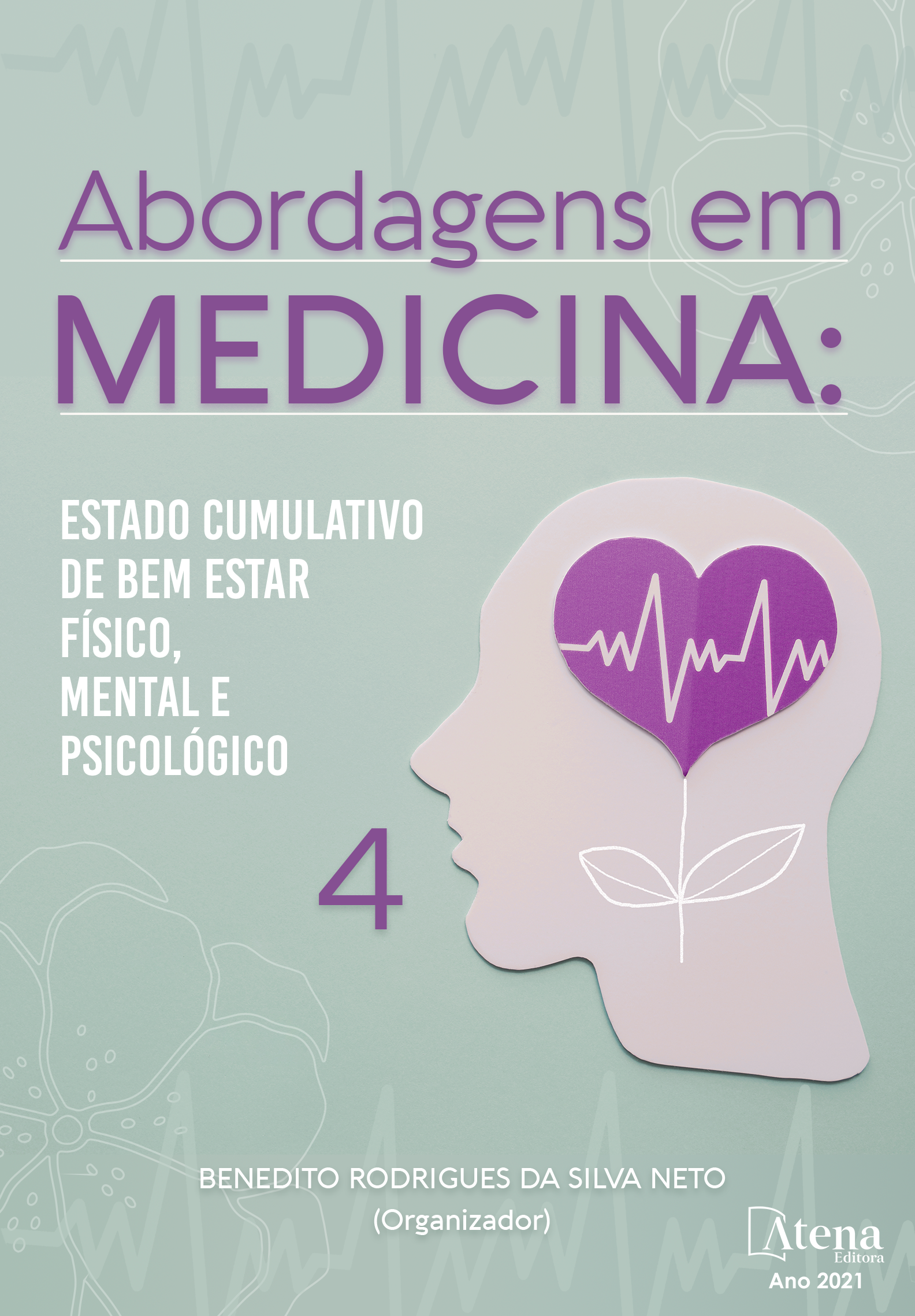
Tratamento da fístula carótido-cavernosa e impactos no nervo abducente: uma revisão integrativa
Fístulas carótido-cavernosas (FCC) são comunicações anômalas entre a artéria carótida interna (ACI) e o seio cavernoso (SC), que promovem dilatação intracavernosa e hipertensão venosa, com reversão da circulação nas veias tributárias desse seio da dura-máter e compressão dos nervos cranianos nele localizados, sobretudo o abducente. Consequentemente, o quadro clínico é marcado por protrusão do globo ocular, hiperemia conjuntival e diplopia associada a oftalmoplegia. O tratamento dessa condição é essencialmente endovascular e, apesar de obstruir o fluxo sanguíneo aberrante, ele pode acentuar a paralisia do VI par, gerando prejuízo à qualidade de vida do paciente. Sendo assim, o objetivo desse artigo é avaliar as evidências disponíveis sobre o tratamento da FCC e os respectivos impactos no nervo abducente. Para tanto, foi realizada uma revisão integrativa de literatura em fevereiro de 2021 que rastreou 15 artigos acerca do assunto nas bases de dados BVS e Pubmed, dos quais 7 foram incluídos no corpo da discussão e/ou respectiva tabela. Os resultados indicam que o método terapêutico deve levar em consideração a classificação da FCC em questão, o meio de acesso ao ponto fistuloso, se arterial ou venoso, e o material embólico utilizado no procedimento, critérios a serem definidos através de uma avaliação pormenorizada pela equipe de neurorradiologia responsável. Igualmente importante é conscientizar o paciente de que o déficit na abdução ocular e a visão dupla podem permanecer meses após a embolização, seja por iatrogenia durante a cirurgia, seja por utilização indevida de bobinas/micromolas, estatisticamente mais associadas à paralisia do nervo abducente (PNA). Tais processos contribuem para a educação em saúde e incentivam o acompanhamento neurológico dos indivíduos acometidos pela fístula no pós-operatório.
Tratamento da fístula carótido-cavernosa e impactos no nervo abducente: uma revisão integrativa
-
DOI: 10.22533/at.ed.66621221122
-
Palavras-chave: Fístula arteriovenosa, Seio cavernoso, Nervo abducente, Artéria carótida interna, Neurocirurgia.
-
Keywords: Arteriovenous fistula, Cavernous sinus, Abducens nerve, Internal carotid artery, Neurosurgery.
-
Abstract:
Carotid-cavernous fistulas (CCF) are anomalous communications between the internal carotid artery (ICA) and the cavernous sinus (CS), that promote intracavernous dilatation and venous hypertension, with reversal of circulation in the tributary veins of the CS and compression of the cranial nerves located in it, especially the abducens. Consequently, the symptomatology is marked by protrusion of the eyeball, conjunctival hyperemia and diplopia associated with ophthalmoplegia. The treatment of this condition is essencially endovascular and, despite obstructing the aberrant blood flow, it can accentuate the paralysis of the VI pair, impairing the patient's quality of life. Therefore, the objective of this article is evaluate the available evidence about the treatment of CCF and respective impacts on the abducens nerve. To this end, an integrative literature review was conducted in February 2021 that tracked 15 articles on the subject in the BVS and Pubmed databases, of which 7 were included in the discussion body and/or its chart. The results indicate that the therapeutic method should take in consideration the classification of the CCF in question, the means of access to the fistulous point, whether arterial or venous, and the embolic material used in the procedure, criteria to be defined through a detailed evaluation by the responsible neuroradiology team. Equally important is instruct the patient that the deficit in ocular abduction and double vision can remain months after embolization, either by iatrogenic during surgery, or by misuse of coils/microsprings, statistically more associated with abducens nerve palsy (ANP). These processes contribute to health education and encourage neurological follow-up of individuals affected by the fistula in the postoperative period.
-
Número de páginas: 11
- Nilson Batista Lemos
- Wendra Emanuelly Abrantes Sarmento
- Maria Júlia Plech Guimarães
- Marialice Pinto Viana Correia
- Ericka Janyne Gomes Marques
- Luis Fernando Brito Ferreira
- Victor Gabino de Macedo


